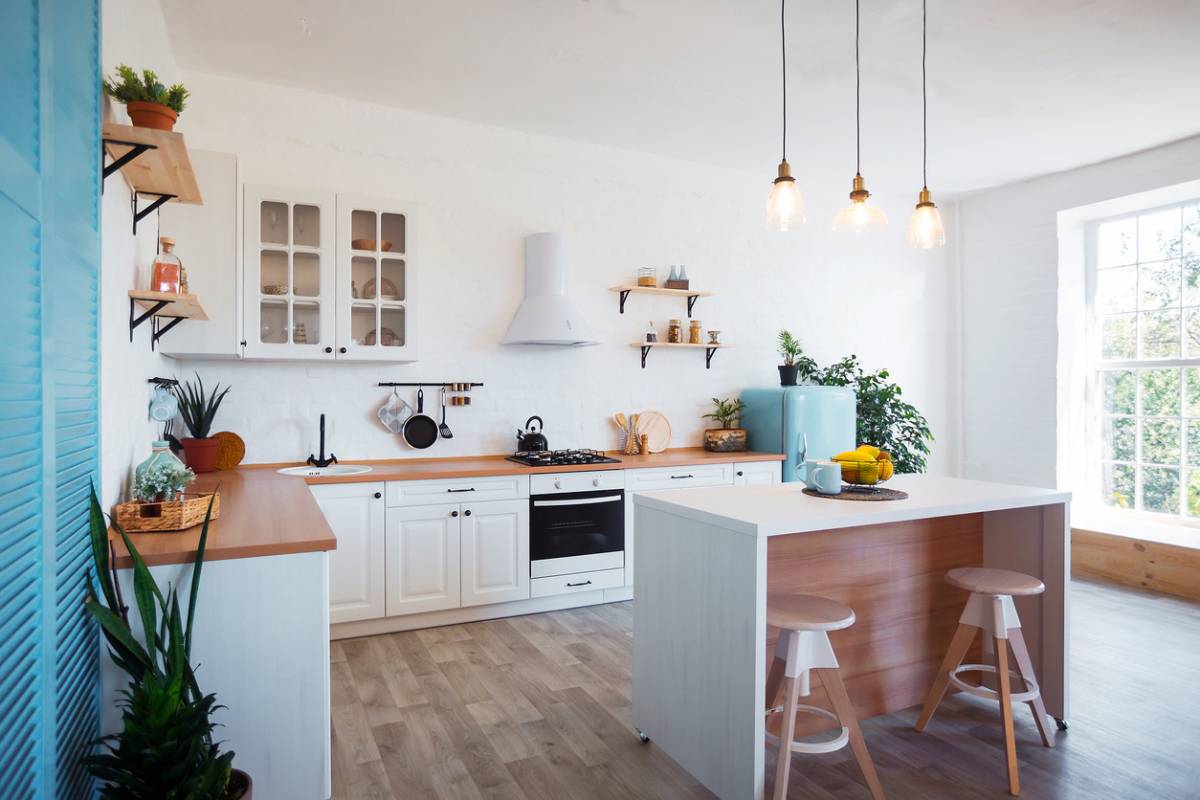Additional dwelling units, also referred to as “ADUs,” are separate living spaces that are added to a property. These are three types of ADUs, including detached, attic, and interior. Each offers unique opportunities and benefits. You may wonder, how much does an ADU add to property value? Below you will find the ways adding an ADU can be beneficial.
How Much Does an ADU Add to Property Value?
ADUs are highly popular among homeowners as they are versatile additions to an existing property. While some people opt for an ADU for aging parents or adult children due to the growing popularity of intergenerational households. However, there are also financial advantages to an ADU.
Increased Home Value:
An ADU can increase your home value by up to 30% depending on your geographic location. The increase in home value is dependent on a number of factors. First, the geographic location in which you live can determine how much of an increase an ADU can be. Secondly, the amount of square footage added also plays a factor. Lastly, the type of ADU can also impact the increase as there are various options.
Increased Resale Value:
A study on ADUs even shows that houses with ADUs improve the resale value of a home by more than 50%. This is also dependent on the geographic location the home is in, the amount of square footage the ADU adds, and the type of ADU. For example, an ADU in southern California can increase the resale value by up to $600,000.
Passive Income:
An ADU can be rented out to create passive income. Alternatively, it can be used to pay for the existing mortgage on the property and the main home. No matter how you use the funds, an ADU is a great investment that can generate passive income.
Types of ADU
There are three main types of ADUs, including detached, attached, and interior. The type of ADU can determine the increase in home value, resale value, and amount of passive income you can earn. Consider the following differences if you are thinking about adding an ADU to your home or property.
Detached:
A detached ADU is a separate building on the property. Common detached ADUs include backdoor cottages and detached garages. Detached ADUs add the most value. It offers more privacy and separation between the main home and the ADU. If you choose a detached ADU, the additional square footage can be added to the total of your existing land to increase its value. Talk with an additional dwelling unit builder to determine the impact a detached ADU can have on your property value.
Attached:
An attached ADU is attached to the existing home on the property. It is often a converted basement or attic. This is the second most valuable ADU in terms of value added to your home and potential resale value. This is clearly less private as compared to a detached ADU making it less appealing to potential renters. The square footage can be added to your existing home as appraisers do include the addition in your home value. Before moving forward, check your local laws and ordinances on adding additional square footage. Some locations have caps for how much you can add. Additionally, consider additional remodeling options if you are planning on creating an attached ADU. Many homeowners opt to complete kitchen and bath remodeling in Silicon Valley at the same time.
Converted:
A converted (also referred to as “interior”) ADU is located in the existing home and is often a remodeled space. This can be a converted bedroom or den. This is the least lucrative of the three ADUs. It is less private than an attached ADU. A converted ADU is often rented out so it typically does not serve as a great addition to add value to your home.

